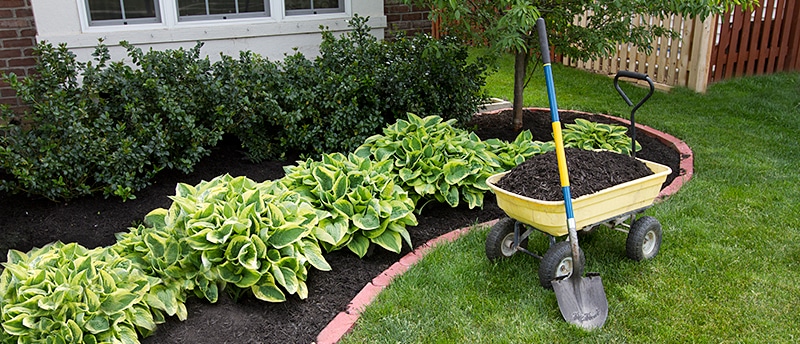
You may want to know if there are leaks present in sewer pipes. Here you will learn about drain traps, smoke testing, and fault detection.
Over time, leaks may develop in the sewer system. These leaks may be challenging to pinpoint without the use of smoke testing. Smoke testing plumbing systems help locate leaks within minutes of testing.
In smoke testing, a portable smoke testing machine is used to locate leaks, cracks, breaks, and connection or seal defects in the sewer and plumbing systems. These may be areas where foul sewer odors are present.
Drain Traps
There are drain traps installed underneath the sink, shower, and tub fixtures. These traps hold a small amount of standing water. The traps prevent toxic gasses in the sewer pipes from coming back up through the fixture drains. Before smoke testing is conducted in residential or commercial buildings, running the water in these plumbing fixtures is recommended to fill the drain traps. If your drain traps are dry, sewer gasses may enter your building during the smoke test.
Smoke Testing
An access point to the sewer or plumbing system is located to conduct a smoke test. The smoke testing machine’s flexible hose is inserted into the access point. Then, the blower is turned on to create a draft in the pipe system. After the draft has been established, an odorless, non-toxic smoke candle is lit and placed in the machine. The machine pumps the candle’s smoke into the sewer or plumbing system.
Fault Detection
Within minutes, smoke comes from roof vents and defective pipes or rises through the ground. Inspection for the presence of smoke will pinpoint the location of plumbing faults. Where there are faults, methane gas, hydrogen sulfide, fluids, or moisture may be present. If toxic gases are present, your health may be adversely affected. If moisture or liquids are present, your building may become damaged. The moist areas may develop mold and mildew. Once detected, any plumbing faults need to be investigated and repaired by a licensed plumber.









